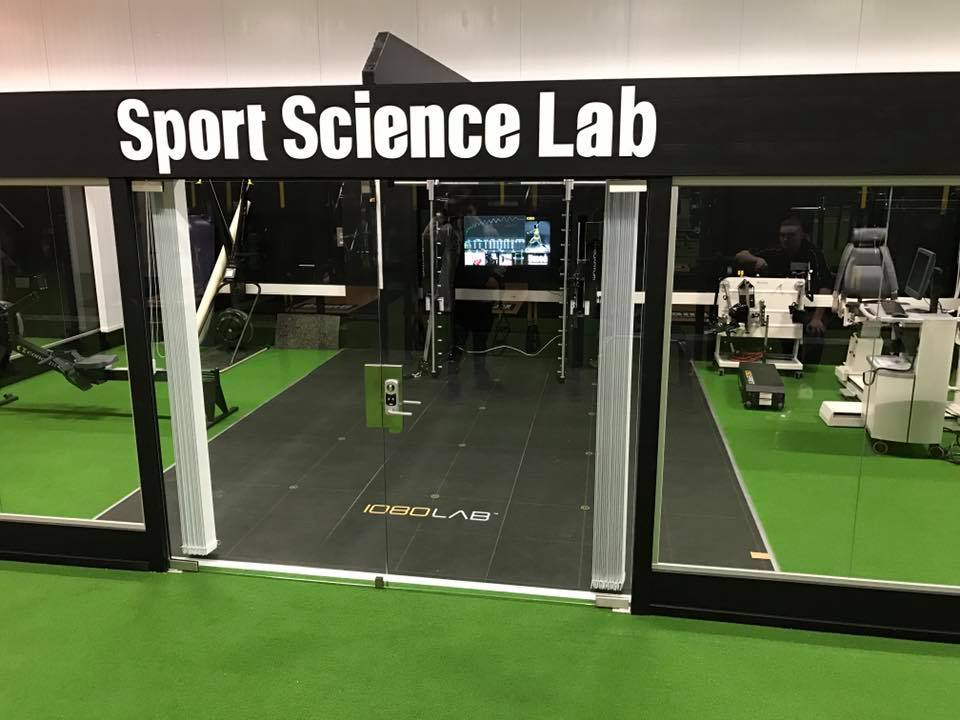Tommy Henriksson is a coach and sports scientist at Umea Performance Center. He is also completing his doctorate at Umea University, where he is examining the physical requirements for success in women’s ice hockey. In the course of that work he has delved into the role that the culture and institutions of the sport have in long-term athlete development.
Most of the existing research into the physical requirements of women’s ice hockey only looked at skating performance. In comparing men’s and women’s hockey, Henriksson saw that speed and power remain the most important qualities for success.
The development pipelines that deliver players to the university level are significantly different between men’s and women’s ice hockey. Differences in resources, facilities, coaching and competitive philosophies produce two very different systems despite the similar requirements.
RELATED: Resisted and assisted sprinting for post-activation potentiation with 1080 Sprint
Young female hockey players in Sweden start playing at the same age as boys: 8-9 years old. However, the intensity of training and competition diverges quickly. Boys quickly reach a training volume of 10-11 sessions per week. Henriksson acknowledges that coaches and training programs have a good approach to injury prevention.
However, that can only go so far to prevent overtraining given the volumes at hand. Particularly for young players who come to a more competitive system in the cities after being raised in rural areas, the rapid increase in volume takes an equally rapid toll.
ResearchGate: Tommy Henriksson’s published and ongoing research in women’s ice hockey
Girls, however, do not reach a “competitive” training volume or intensity until they are 14-16 years old. While they not be as over-trained as the boys, they often lack a foundation a physical education from their primary school. The intensity of training is still a shock as they approach the top levels of the sport in their later teen years. As a result, overuse injuries are the most common injuries among both boys and girls.
Girls’ hockey in Sweden is starting to close the gap with north American teams. Increases in interest, funding and popularity are part of a cycle of increased success. Henriksson says that more clubs and training centers are recognizing that injury prevention and structured training will drive sustained on-ice success. He says the next major evolution in girls’ ice hockey will be off-ice training for strength and power, along with off-season training for pre-hab and conditioning.
However, that will require more centers like Umea Performance to step up and offer those programs to young female athletes. Few teams have the necessary facilities for off-season training.
[av_button_big label=’Next: Cost of injuries in wins, dollars and final standings in Major League Baseball’ description_pos=’below’ link=’manually,http://1080motion.com/major-league-baseball-injuries-cost/’ link_target=” icon_select=’no’ icon=’ue800′ font=’entypo-fontello’ custom_font=’#ffffff’ color=’theme-color’ custom_bg=’#444444′ color_hover=’theme-color-subtle’ custom_bg_hover=’#444444′ av_uid=’av-2cq5gz’][/av_button_big]
“Wins drive everything right now. But more and more people in the sport are realizing that they need preparation to reduce injuries and improve their games as well. Audience and finance are coming as the game improves. People in Sweden are seeing improvements in women’s ice hockey. That leads more resources and more people to the game.”






























































